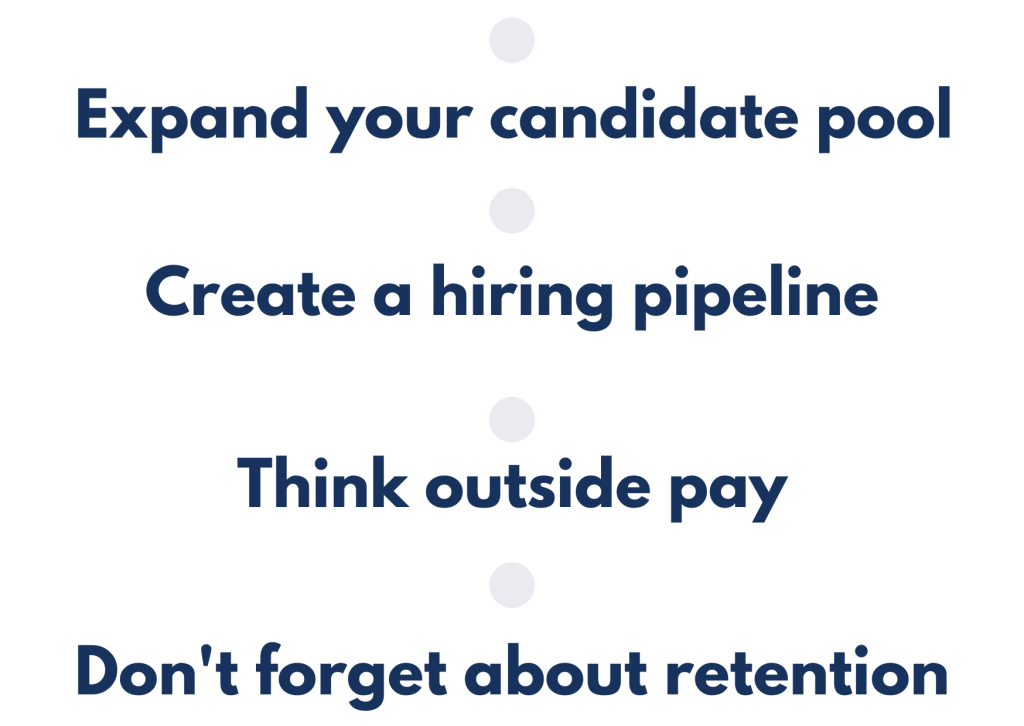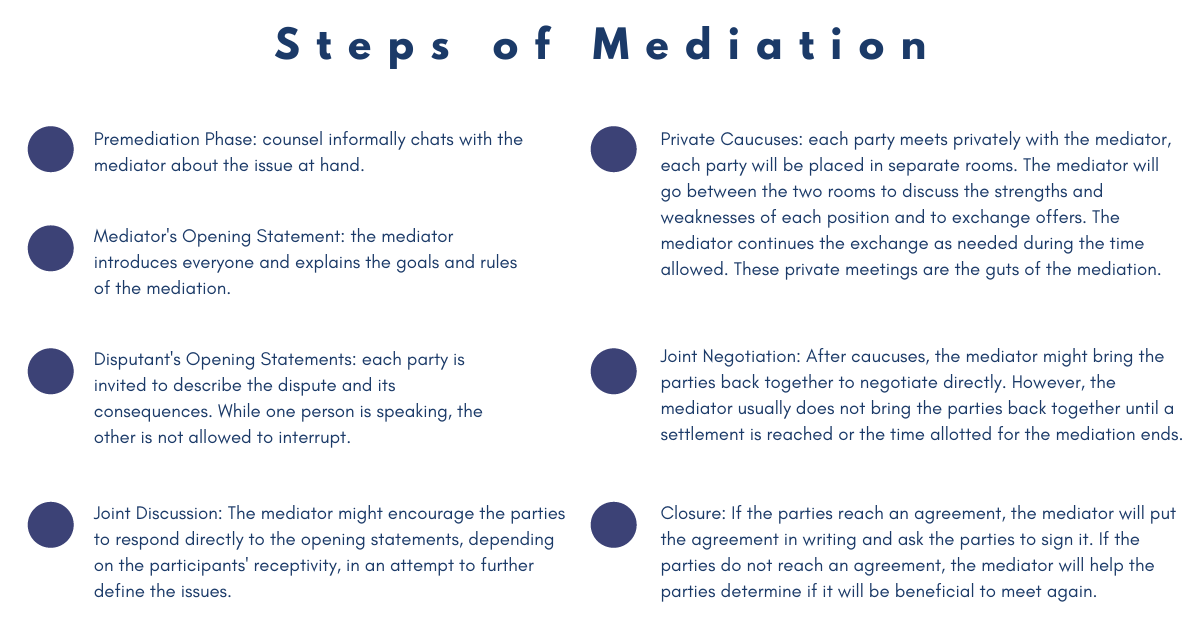Keeping You Informed: Minimum Wage Increases for 2023
Perhaps not our most intriguing information share to date, but still equally important. Come the New Year, do you know which of your business states will be due for a minimum wage increase? If you answered no, then you’re in luck—below is a compiled list of all the US states with planned minimum wage increases to have on your radar. If your state is not listed, then this year you have one less policy to update.
- Alaska
- Minimum wage increases to $10.85
- Arizona
- Flagstaff minimum wage increases to $16.80
- Tucson minimum wage increases to $13.50
- California
- Statewide minimum wage increases to $15.50
- Colorado
- Statewide minimum wage increases to $13.65
- Denver minimum wage increases to $17.29
- Connecticut
- Statewide minimum wage increases to $15.00
- Delaware
- Statewide minimum wage increases to $11.75
- Illinois
- Statewide minimum wage increases to $13.00
- Chicago minimum wage increases to $15.00 for employers of 4 to 20 employees
- Maine
- Statewide minimum wage expected to increase to $13.80 based on the anticipated Consumer Price Index adjustment
- Portland minimum wage increases to $14.00
- Rockland minimum wage increases to $14.00
- Maryland
- Statewide minimum wage increases to $13.25 for employers of 15 or more employees and $12.80 for employers of 14 or fewer employees
- Howard County minimum wage increases to $15.00 for large employers (15 or more) and $13.25 for small employers (14 or fewer)
- Massachusetts
- Statewide minimum wage increases to $15.00
- Minnesota
- Statewide minimum wage increases to $10.59 for large employers (annual gross sales of $500,000 or more) and $8.63 for small employers (annual gross sales of less than $500,000)
- Minneapolis minimum wage increases to $15.19 for employers with 100 or more employees
- St Paul minimum wage increases to $15.19 for macro employers (those with more than 10,000 employees)
- Missouri
- Statewide minimum wage increases to $12.00
- Montana
- Statewide minimum wage increases to $9.95
- Nebraska
- Statewide minimum wage increases to $10.50
- New Jersey
- Statewide minimum wage increases to $14.13 for most employers (those with 7 or more employees) and $12.93 for small (those with 6 or fewer employees) and seasonal employers
- New Mexico
- Statewide minimum wage increases to $12.00
- Albuquerque minimum wage increases to $12.50
- Las Cruces adopts the statewide minimum wage as of January 1, 2023
- Ohio
- Statewide minimum wage increases to $10.10 for employers generally and remains at the federal minimum wage ($7.25) for businesses grossing less than $372,000 annually.
- Rhode Island
- Statewide minimum wage increases to $13.00
- South Dakota
- Statewide minimum wage increases to $10.80
- Virginia
- Statewide minimum wage increases to $12.00
- Washington
- Statewide minimum wage increases to $15.74
- City of SeaTac minimum wage increases to $19.06
- Seattle:
- $18.69, for employers of 501 or more employees.
- $16.50, for employers of 500 or fewer employees that contribute at least $2.19 an hour to the individual employee’s medical benefits and/or the employee earns at least $2.19 an hour in tips.
- $18.69, for non-qualifying small employers.
There is a dedicated team at Wagner, Falconer & Judd that can help you simplify your HR needs. Check out our Support Services options to see if we are a fit for you!






